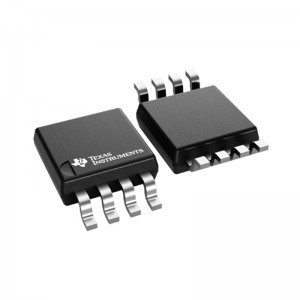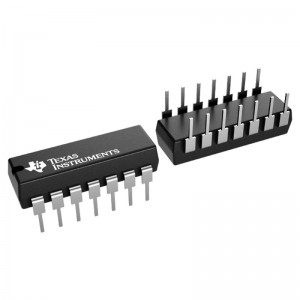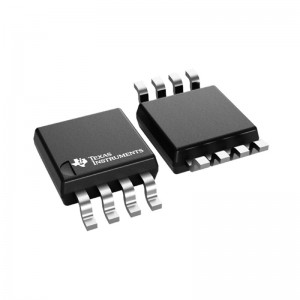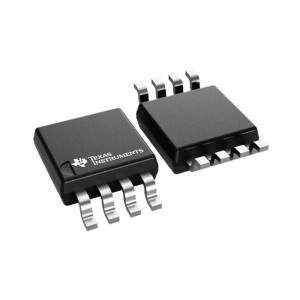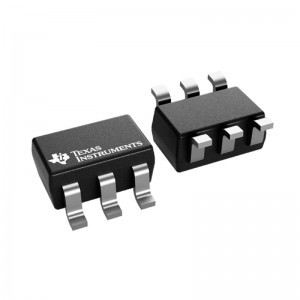
Products
TLV272CDGKR MSOP-8 Electronic components integrated circuit 3MHz Amplifier chip
Features for the TLV272
●Rail-to-Rail Output
●Wide Bandwidth: 3 MHz
●High Slew Rate: 2.4 V/µs
●Supply Voltage Range: 2.7 V to 16 V
●Supply Current: 550 µA/Channel
●Input Noise Voltage: 39 nV/√Hz
●Input Bias Current: 1 pA
●Specified Temperature Range:
○Commercial Grade: 0°C to 70°C
○Industrial Grade: –40°C to 125°C
●Ultrasmall Packaging:
○5-Pin SOT-23 (TLV271)
○8-Pin MSOP (TLV272)
●Ideal Upgrade for TLC72x Family
Description for the TLV272
Operating from 2.7 V to 16 V over the extended industrial temperature range from –40°C to +125°C, the TLV27x is a low power, wide bandwidth operational amplifier (opamp) with rail to rail output. This makes it an ideal alternative to the TLC27x family for applications where rail-to-rail output swings are essential. The TLV27x provides 3-MHz bandwidth from only 550 µA.
Like the TLC27x, the TLV27x is fully specified for 5-V and ±5-V supplies. The maximum recommended supply voltage is 16 V, which allows the devices to be operated from a variety of rechargeable cells (±8 V supplies down to ±1.35 V).
The CMOS inputs enable use in high-impedance sensor interfaces, with the lower voltage operation making an attractive alternative for the TLC27x in battery-powered applications.
All members are available in PDIP and SOIC with the singles in the small SOT-23 package, duals in the MSOP, and quads in the TSSOP package.
The 2.7-V operation makes it compatible with Li-Ion powered systems and the operating supply voltage range of many micropower microcontrollers available today including TI’s MSP430.
1. Who are the staff in your R & D department? What are your qualifications?
-R & D Director: formulate the company’s long-term R & D plan and grasp the direction of research and development; Guide and supervise r&d department to implement company r&d strategy and annual R&D plan; Control the progress of product development and adjust the plan; Set up excellent product research and development team, audit and training related technical personnel.
R & D Manager: make new product R & D plan and demonstrate the feasibility of the plan; Supervise and manage the progress and quality of r&d work; Research new product development and propose effective solutions according to customer requirements in different fields
R&d staff: collect and sort out key data; Computer programming; Conducting experiments, tests and analyses; Prepare materials and equipment for experiments, tests and analyses; Record measurement data, make calculations and prepare charts; Conduct statistical surveys
2. What is your product research and development idea?
- Product conception and selection product concept and evaluation product definition and project plan design and development product testing and validation launch to market


